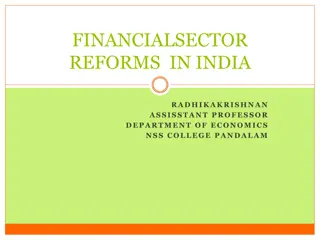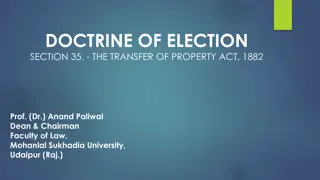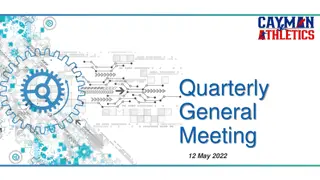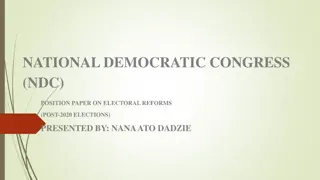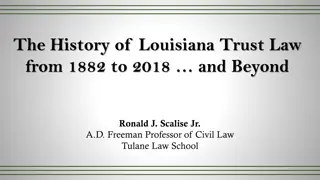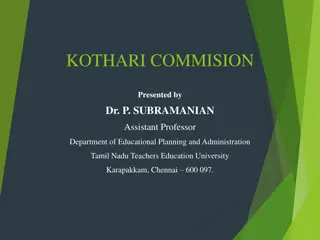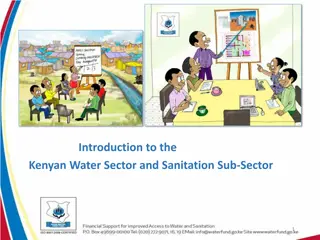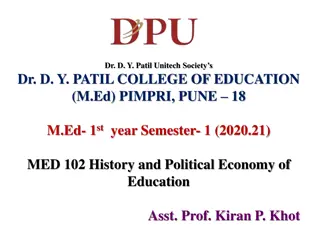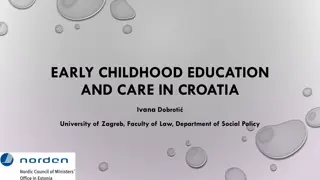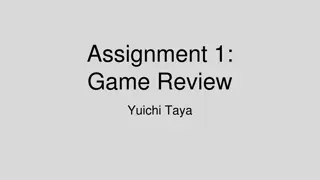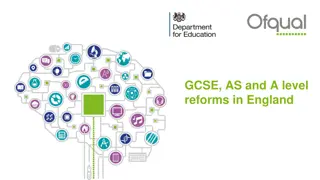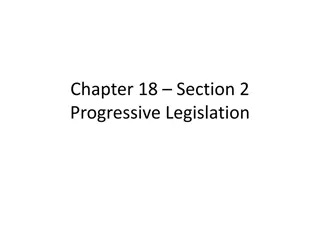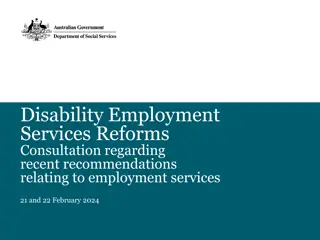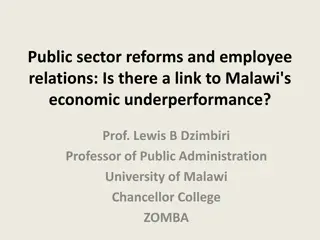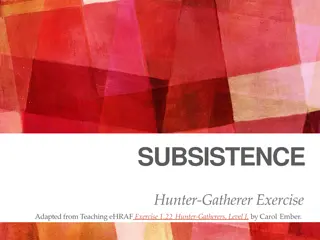Hunter Commission 1882 - Education Reforms and Recommendations
The Hunter Commission of 1882 was established by Lord Ripon to investigate and reform the education system in India. It aimed to improve primary education, evaluate missionary efforts, and recommend changes in government institutions. The Commission emphasized the importance of providing education in the mother tongue, training teachers, and focusing on practical skills. It made significant recommendations for both primary and secondary education, advocating for the empowerment of Indians in managing secondary education and promoting vocational training. The report highlighted the need for uniformity in grant-in-aid systems and teacher training.
Download Presentation

Please find below an Image/Link to download the presentation.
The content on the website is provided AS IS for your information and personal use only. It may not be sold, licensed, or shared on other websites without obtaining consent from the author.If you encounter any issues during the download, it is possible that the publisher has removed the file from their server.
You are allowed to download the files provided on this website for personal or commercial use, subject to the condition that they are used lawfully. All files are the property of their respective owners.
The content on the website is provided AS IS for your information and personal use only. It may not be sold, licensed, or shared on other websites without obtaining consent from the author.
E N D
Presentation Transcript
HUNTER COMMISSION,1882 ANIMA DOLEY Assistant Professor DEPARTMENT OF EDUCATION SILAPATHAR COLLEGE
INTRODUCTION: The East India Company felt that certain defect had crept in the education system of the country. Therefore in 1882,the General Council of India requested Lord Ripon, the then Viceroy of India to institute an enquiry into Indian education. Accordingly Lord Ripon appointed the Indian Education Commission on February 3,1882 under the chairmanship of William Hunter, a member of the Executive Council of the Viceroy. The Commission is also popularly known as Hunter Commission after the name of its Chairman. The Commission had twenty members some of whom were Indians.
Aims of the Commission: 1.To asses the position of primary education and to give suggestions for its reforms. 2.To evaluate the work of the missionaries in the field of education 3.To find out if the Government institutions should be allowed to continue. 4.To asses the utility of the Grant-in-Aid system. To find out the attitude of the Government towards the private Indian enterprises in the field of education. To find out if they received encouragement from the government. 5.The main purpose of the Commission was to study the problems of primary education and to suggest measures for its reforms. But the Commission also choose to look into the affairs relating to secondary and higher education.
Recommendations: The Commission produced a report of 700 pages within ten months which is of historical importance. A short summary of the recommendations of the Commission are given below. Recommendations on Primary Education: Primary education should be regarded as education of the masses. Primary education should be imparted through the medium of the mother tongue. Education should be able to train the people for self-defendant and its curriculum should consist of such subjects which may further these goals. There should be at least one normal school for the training of teachers under a Divisional Inspector. The management and supervision of primary education be entrusted to the Local Boards or District Board. Primary Education must be related to the practical life of the common people. Grants-in-Aid system should be given to the primary schools of the educationally backward or Tribal regions. Persons who have received primary education should be given preference in services suitable for them Appointment of teachers should be made by the District authority and approved by the Government.
Secondary Education: The Government should entrust the responsibility of Secondary education wholly to the Indians and should only give financial grant for removing certain difficulties. The Commission indirectly pleaded for English as the medium of instruction and ignored the claim of the mother tongue for the same. Secondary education curriculum should be divided into two parts. In the first part literary and science subjects should be included and vocational subjects which might be useful to life be included in the second part. The Commission urged that there should be uniformity in Grant-in-aid system and should be followed liberally and judiciously throughout the country The Commission emphasized on providing training to teachers for raising the standard of secondary education .It also recommended that the duration of training of graduates should be shorter than those who are not graduates. The trainees should be examined both in theory and practice of teaching. The Commission suggested that the managers of private institutions might charge less fee in comparison to state institutions.
Higher Education: The government should withdraw itself from Higher education. At the time of giving Grant-in-Aids, it should be seen that the education institution be well utilized the given grant. The grant should be determined keeping in view the strength of teachers and students, need and capacity of the institution. Financial help should be given to institutions for construction of building, furniture, library and scientific apparatus. Deserving candidates would be sent to foreign countries for higher education. Students passing out of colleges would be provided jobs.
Recommendations on Women Education: Hunter Commission gave out the following recommendations for overall development and expansion of the Women Education: Arrangement of Public funds. Appointment of lady teachers. Appointment of lady inspectors. Free education for women. Different curriculum for girls. Decent arrangement for education of Pardah observing ladies Liberal Grant-in -Aid for girl education
Recommendations on Religious education: Religious education of any sort should not be given in the public schools. Religious education may be imparted in the private institutions and the Government shall have nothing to do with it. Effects of Hunter Commission on the trend of development of education in India: As per the recommendations of the Hunter Commission, the number of colleges increased to a great extent in the country. In 1882,the Punjab University was established which lessened the burden over Calcutta University, and in 1887 the Allahabad university was established. Between 1882 to 1901,the number of students enrolled in primary and secondary schools increases substantially. In the primary schools the number of students raised from 22 lakhs in 1882 to 32 lakhs in 1901. In the secondary school, this number increased from 42,993 in 1886 to 6,33,728 in 1901. In the colleges, the number of students increased from 11,501 in 1886 to 23,009 in 1901.



